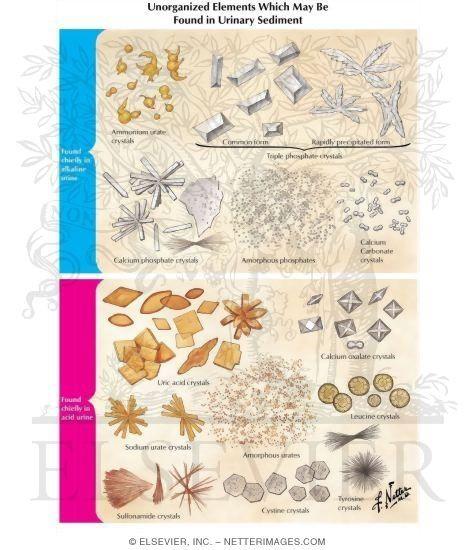This is a nice stream of posts, Amazoniac! I'm drowning in so much information. How'd you get to publish such long posts at such a rapid rate? These are all very helpful.
I apologize if this is off-topic but it's interesting to see that grapes and red beets contain tartaric acid and oxalic acid, respectively, both of which an non-metabolizable organic acids. I can't help but notice that they are also good fruits to eat on a fruit diet (of Dr. Morse) to improve kidney filtration. Any ideas on what mechanism is involved that makes these fruits effective in improving kidney filtration?
Is it possible that the tartaric and oxalic acids are binding with calcium scales/plaques on lymph vessel walls, thereby cleaning the "pipes" thus allowing lymph and wastes to flow through to blood vessels on the way to be filtered by the kidneys?
Although citrates are metabolized by the liver to CO2 and H2O, having a large intake of lemon juice would leave much citrate to be left intact through the liver, and allow citrates to bind calcium deposits as well as citrate works its way through blood and lymph. This is probably why intake of large amounts of lemons is helpful also in improving kidney filtration.
What do you think? @Jennifer @charlie
I apologize if this is off-topic but it's interesting to see that grapes and red beets contain tartaric acid and oxalic acid, respectively, both of which an non-metabolizable organic acids. I can't help but notice that they are also good fruits to eat on a fruit diet (of Dr. Morse) to improve kidney filtration. Any ideas on what mechanism is involved that makes these fruits effective in improving kidney filtration?
Is it possible that the tartaric and oxalic acids are binding with calcium scales/plaques on lymph vessel walls, thereby cleaning the "pipes" thus allowing lymph and wastes to flow through to blood vessels on the way to be filtered by the kidneys?
Although citrates are metabolized by the liver to CO2 and H2O, having a large intake of lemon juice would leave much citrate to be left intact through the liver, and allow citrates to bind calcium deposits as well as citrate works its way through blood and lymph. This is probably why intake of large amounts of lemons is helpful also in improving kidney filtration.
What do you think? @Jennifer @charlie
Last edited:

